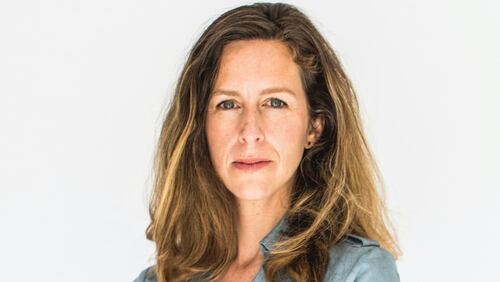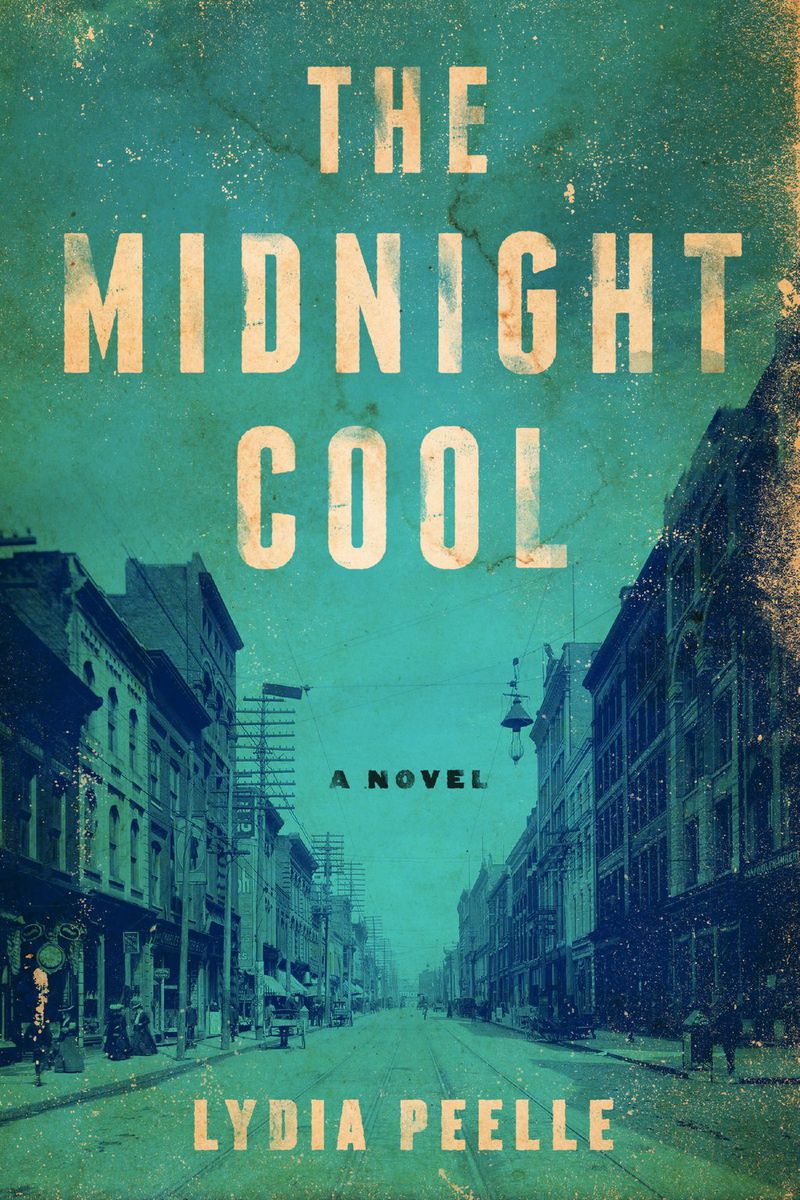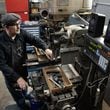Mules and their often-forgotten role in World War I are at the center of “The Midnight Cool” (HarperCollins, $26.99), the debut novel by Lydia Peelle. The story, set mainly in the years 1916-1918 in the fictional Tennessee town of Richfield, is a poetic knitting of historical fiction and contemporary parable.
Billy Monday and Charles McLaughlin, two horse trader grifters, who are themselves swindled in a bad deal for a murderous mare named the Midnight Cool, wind up procuring mules for the British and U.S. armies. From there, Peelle spins an American tale that explores the nature of love and tragedy, and the complicated connections between humans and animals.
Peelle, who lives in East Nashville and is married to musician Ketch Secor of Old Crow Medicine Show, will be at Manuel’s Tavern in Atlanta on Saturday for a stop on the Midnight Cool Revue tour. Featuring photography, readings, and World War I period music from Secor, it’s a multimedia exploration of the era of the novel, 100 years later.
Last week, Peelle talked about “The Midnight Cool” during a phone conversation from the road.
Q: Where did the idea for the novel come from?
A: The germ of this particular story really goes back to the years I spent working at a horse auction and rubbing shoulders with horse traders. They still exist. They're still around. They're still fascinating, crooked, delightfully honest men. So I got really interested in the culture firsthand.
Q: Did you grow up around animals?
A: By the time I came around, my grandfather still lived on the family farm, and he still had some of the land, and all of the buildings, but they were empty. So I grew up being completely enthralled and fascinated with the ghosts of the animals in those barns. I did end up working with horses, and giving riding lessons when I was in college. But it really goes back to those empty barns in upstate New York.
Q: Ultimately, though, you decided to write a story set in another place and time.
A: Settling on an era took awhile. And then when I did, I really found that 1916-1917, the years that America was on the cusp of entering the first World War, had such a deep resonance with our own time. That really became the way for me to engage with modern life, by going back 100 years.
Q: And it’s about a particular, very dangerous horse, the Midnight Cool, and a whole bunch of mules.
A: For me, a horse really isn't necessarily a symbol of, but embodies the beauty of the world. And for me, a mule isn't necessarily a symbol of, but embodies the oppression of the world. So those two creatures are very different, and that's why they're both in the book.
Q: And so those animals are both characters and symbols?
A: I've got a horse that's been horribly abused and in turn lashes out and becomes violent herself. And then I've got droves of mules, who are symbols and embodiers of all of the oppressed and everyone who is quote, unquote, "working for the man."
Q: “For the mules” is one of the best book dedications ever. What does it mean to you?
A: People laugh when they see that dedication. But I would want you to take that on many levels. For me, it's really heartfelt, because in this book, it's the mules who went overseas to fight in the first World War. They all had stories. And none of those stories are recorded. But they fought and died for this country, and it's really important for me to honor that.
Q: The Midnight Cool sounds like it could have been a Miles Davis album. Where does the name come from?
A: It is a fragment of a Carl Sandburg poem. I knew I was going to name the horse. And I knew approximately what I was going to name her. But I opened up my copy of Sandburg's "The People, Yes," which is one of my favorite poems, and right there in the prologue he says, "the midnight cool blue stars."
Q: How much research goes into a book like this?
A: Well first and foremost, for me, this book is a parable for our own times. In that sense, it was easy to write, because I'm writing about people I know and situations I know and I see. I think it would be impossible for me to write a novel that wasn't about my own time. But the human heart is a perennial thing. And I think we tend to forget that.
Q: What’s the balance you need to strike between telling a good story and getting the details of the place and time?
A: In terms of the details, and everyday life, I learned about that by immersing myself in that world. I read magazines, newspapers, advertisements, the literature of the day and the ephemera of the day. But it is a balance. I have always loved Cormac McCarthy. Many of his books could be considered historical novels. But they don't read as such because the details of life are so embedded in the story and the characters' lives.
EVENT PREVIEW
The Midnight Cool Revue, featuring novelist Lydia Peelle and musician Ketch Secor. Free and open to the public. 7 p.m. Saturday. Manuel's Tavern, 602 N. Highland Ave. N.E., Atlanta. 404-525-3447, manuelstavern.com.
About the Author







